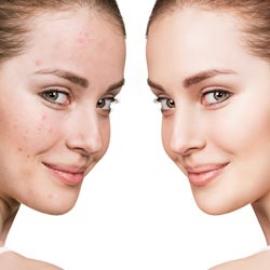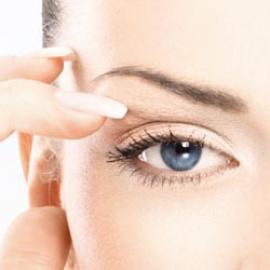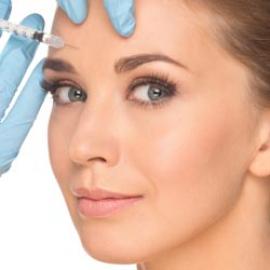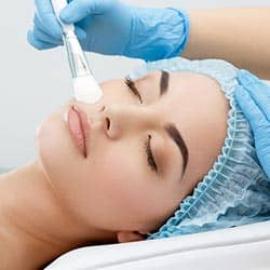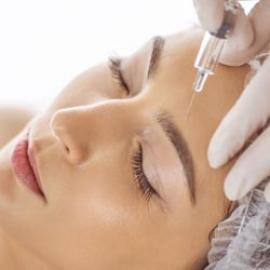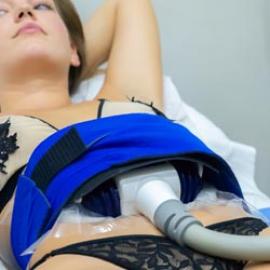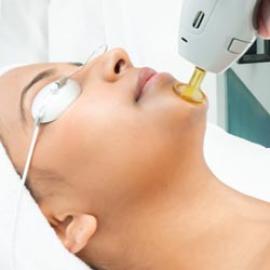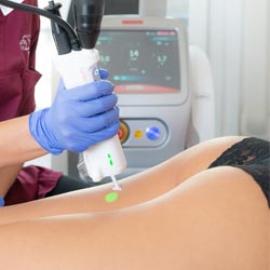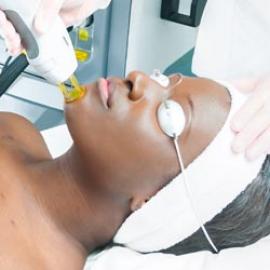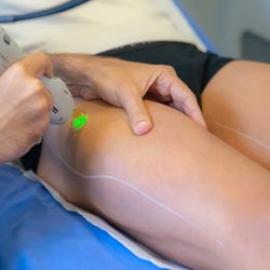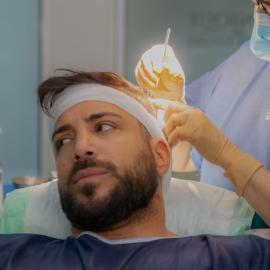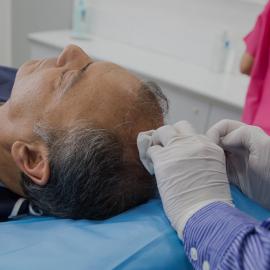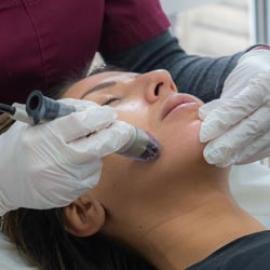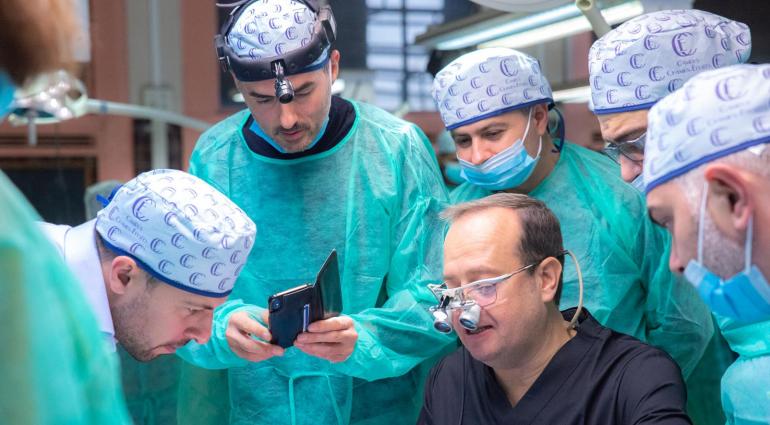
Lentigines, also known as age spots, are the appearance of brown spots on the back of the hands, the back and the cleavage. These spots appear in both men and women due to the effects of ageing and UV rays on the skin. Esthetic medicine has developed methods for the treatment of liver spots.
Age and liver spots - what is it ?
Liver spots are also named age spots, as they mainly affect women and men over the age of 40. This is a major indication of aging of the skin. It should be noted that almost 90 percent of people over 70 have age spots.
Liver spots are brown in color and round flat in shape. They usually develop on the back of the hands, on the face, on the cleavage, on the shoulders and on the back, in other words, on the parts most exposed to sunlight.
Over time, these beige and pale spots turn brown. Moreover, they increase in number over the years. They are often accompanied by white spots known as actinic hypomelanosis.
In most instances, liver spots are benign. However, in order to avoid any risk, it is essential to keep an eye on their evolution, with the help of a dermatologist.
Age and liver spots: The causes
Liver spots are caused by excessive melanin production in the skin. Melanin is produced by cells of the epidermis called melanocytes. These cells yield pigments that are present in the skin.
Melanocytes are stimulated by the sun's UV rays. After a certain age, the natural aging cycle of the skin becomes active. Repeated exposure to the sun results in the appearance of liver spots.
Age spots are more commonly found on people with fair skin: red, blond or brown hair. Phototypes 1 to 3 are more likely to cause the appearance of liver spots.
For some people, their appearance in a mottled brown hue can be a source of esthetic insecurities. Age spots are unflattering, but they can be treated with esthetic medicine.
However, if the majority of liver spots are benign, it is advisable to have their evolution surveilled by a dermatologist. This is to make sure that the spot does not become malignant and has an abnormal accumulation of melanin in the skin. Melanosis is frequently the first sign of melanoma: skin cancer.
Age and liver spots: the treatments
There are a lot of techniques to remove age spots.
Some of these abrade the top layer of the epidermis to renew the skin and remove the liver spots (skin peels, Fraxel®, Plexr®).
Others use the laser wave technology (Discovery® Pico Plus) to target the melanin responsible for the brown color of the age spot. The melanin burns off and is destroyed by the laser. As a result, age spots are disappearing. Before the laser session, the dermatologist conducts a complete examination of the skin in order to use a laser suitable to the patient's skin complexion.
The LED, for its part, targets cell mitochondria to induce skin regeneration. This method is also used for the dermatological sera.














